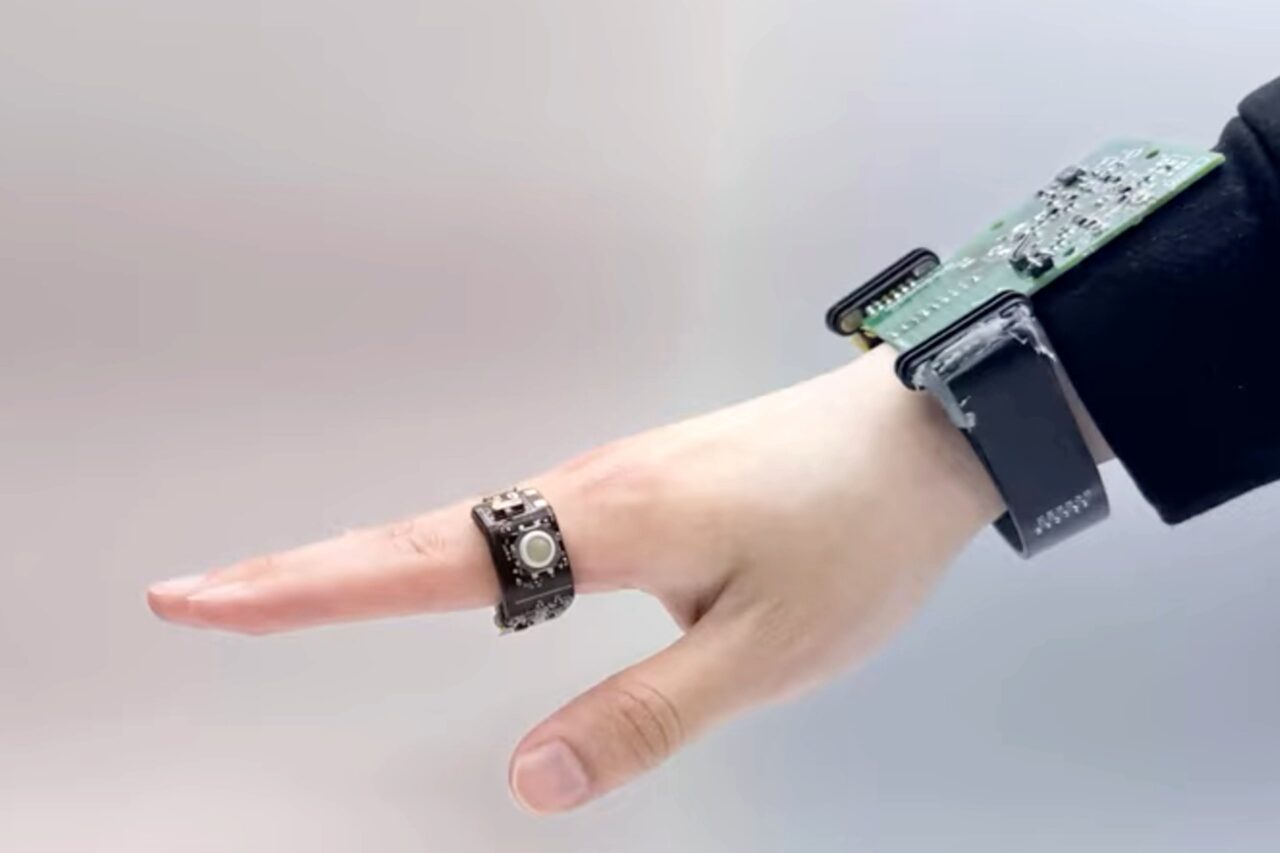If there’s one thing that’s become abundantly clear this year, it’s that smart glasses are on their way—and by “on their way,” I mean they’ve pretty much fully arrived. Meta’s Ray-Ban Display smart glasses, its first pair with a screen, are already on shelves as I type these words, and rumors suggest that Samsung and Apple will soon follow.
But just because smart glasses seem to be fully embarked on their journey from test labs to your eyeballs doesn’t mean everything is figured out. There are still tons of questions about how smart glasses work, and one of the main ones is: how do you, uh, use them?
The answer? Wearables, of course.
One of the wildest parts of the Meta Ray-Ban Display isn’t even the glasses themselves; it’s the wristband that comes with them. Meta’s Neural Band, as the company has dubbed it, is an electromyography (EMG) wristband that can read the electrical signals in your arm and fingers, then translate those signals into inputs on the device.
For example, swipe your thumb on a clenched fist, and it navigates like a cursor in the glasses’ UI. Pinch your index finger and thumb together, and it’s like left-clicking on a mouse. As novel as smart glasses are, the Neural Band feels even more groundbreaking.
While Meta’s wristband is the most notable wearable in this crop of smart glasses accessories, lesser-known options are already cropping up, and one of my favorites is the smart ring.
Thicker AR glasses, like those made by INMO, are opting for a similar input method that uses a touch-sensitive smart ring detecting thumb swipes. This allows users to navigate the glasses’ UI with just their fingers, achieving a similar effect to Meta’s Neural Band.
Researchers are already working on iterations of the smart ring companion. For example, a version from researchers at Tokyo University called the picoRing mouse uses just 2% of the power of regular Bluetooth to deliver a month’s worth of battery life.
There are still limitations, of course. The researcher’s solution requires the smart ring to be coupled with a wristband that acts as a relay for inputs. Needless to say, wearing two wearables is less than ideal for most people.
But the message is clear: additional hardware is the method of choice for controlling smart glasses—and it might not stop at wristbands and rings.
While rumors leading up to Meta’s annual Connect conference didn’t exactly materialize, credible reports suggest that Meta is working on its own smartwatch. That prospect might be a bit of a snooze on its own—if it weren’t for Meta’s keen interest in smart glasses.
https://gizmodo.com/smart-glasses-are-forcing-wearables-to-get-very-weird-2000674309

